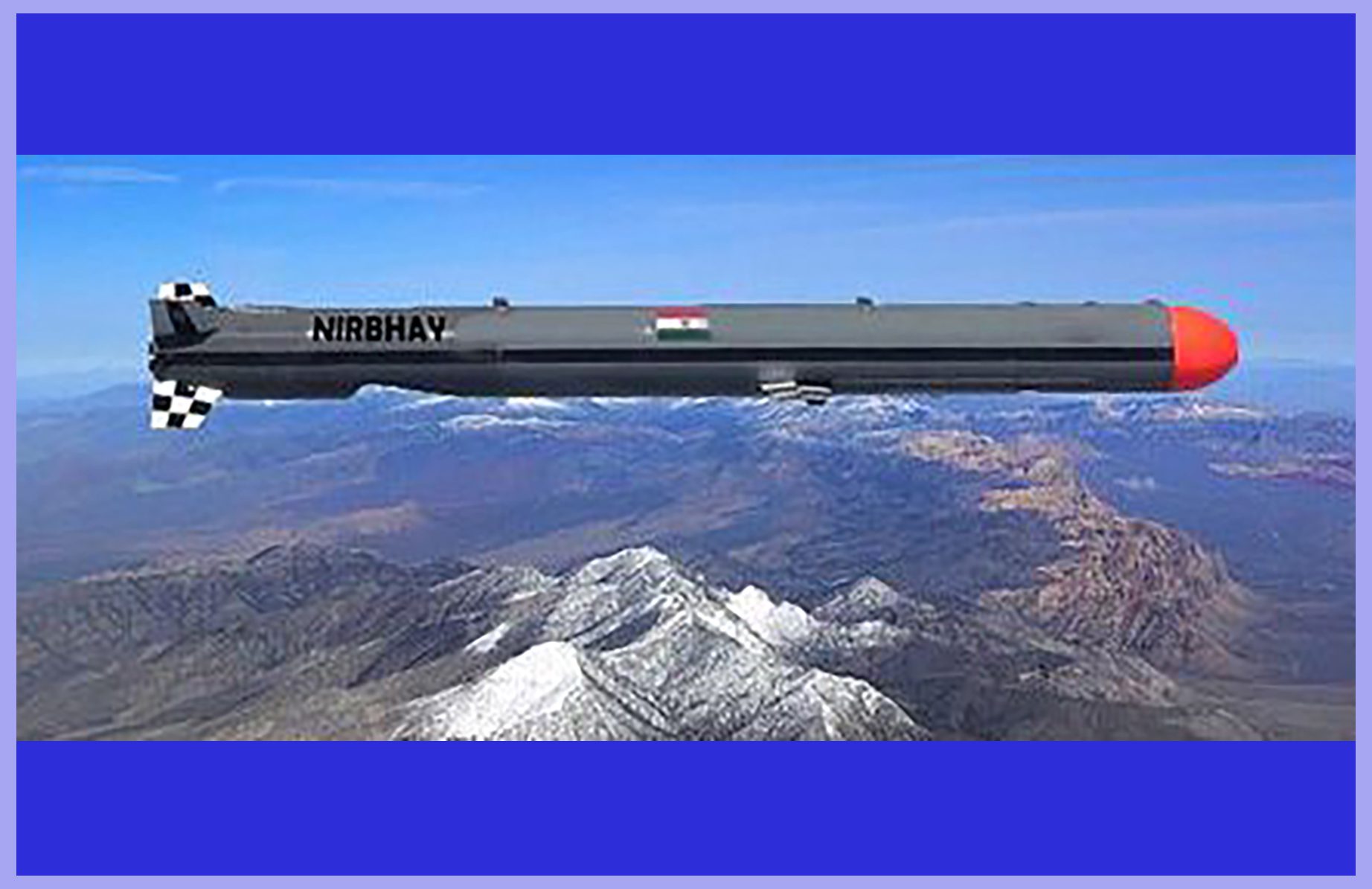Designed for precision strikes against a variety of targets, Discover the Best of the NIRBHAY Cruise Missile, India’s first Subsonic Cruise Missile. This indigenously developed, long-range, all-weather, subsonic land-attack cruise missile is designed and manufactured by The Aeronautical Development Establishment (ADE), which is part of the Defense Research and Development Organization (DRDO) in India.
Measuring approximately 6 meters in length with a wingspan of 2.7 meters, the missile is propelled by a turbofan engine, allowing it to operate at varying altitudes. NIRBHAY is equipped with a sophisticated guidance system incorporating inertial navigation, GPS, and active radar homing in the terminal phase to ensure accurate and effective targeting. With a reported range of around 1,500 km (930 mi), the missile is capable of carrying both conventional/blast fragmentation and nuclear warheads, enhancing its versatility for various strategic scenarios. NIRBHAY’s low-altitude flight profile, terrain-hugging capabilities, and partial stealth features contribute to its ability to evade enemy radar detection, making it a potent tool for strategic strikes.
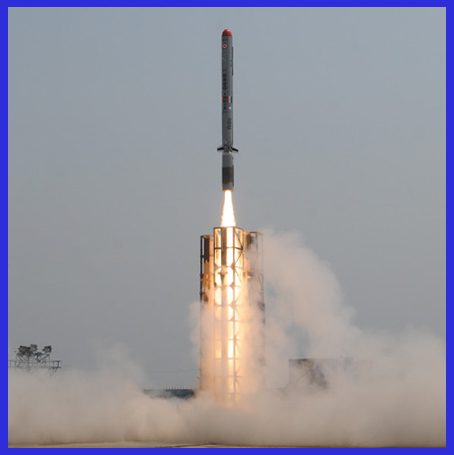
NIRBHAY is outfitted with a turbofan engine and is intended for launch from various platforms, such as aircraft, ships, and ground-based vehicles. Presently, it is deployed in limited quantities along the Line of Actual Control (LAC) during standoffs with China. The evolution of the missile underscores India’s dedication to enhancing its defence capabilities through independent research and technology. From its initial testing phases, the NIRBHAY cruise missile has undergone numerous trials to enhance its performance and reliability, demonstrating India’s commitment to advancing its missile technology for national security. Nevertheless, the research and development (R&D) are still ongoing.
Advanced technologies, such as in-flight wing deployment, in-flight engine start, and the ability to circumnavigate a target and execute various manoeuvres before re-engaging it, have been successfully demonstrated. During the cruise phase, the missile has validated technologies such as low-altitude flight (20 meters to 100 meters) and very low-altitude flight (20 meters to 5 meters) over the sea, utilizing radar altimeter feedback and long-range waypoint navigation, covering distances exceeding 1000 km through an inertial navigation system and position updates. The missile system exhibits the capability to deliver 24 different types of warheads, ranging from 200 to 300 kg, tailored to mission requirements.
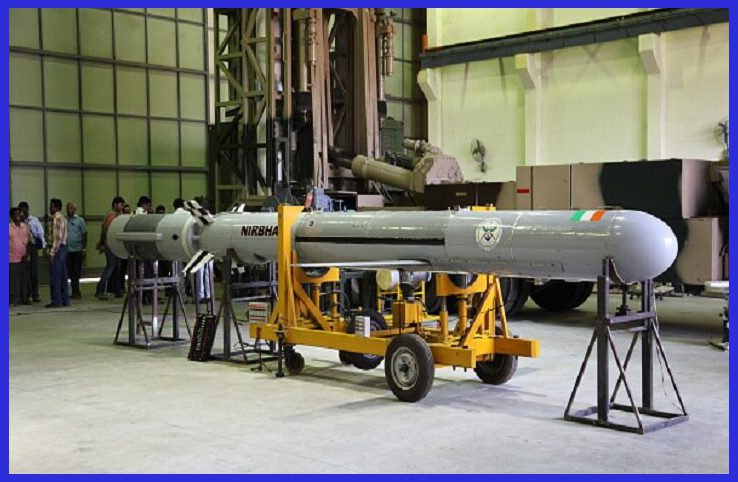
The missile bears a resemblance to the U.S. Tomahawk and the Russian Club SS-N-27 with its cylindrical fuselage. In the future, NIRBHAY is poised to complement the role currently fulfilled by the BrahMos missile within the Indian Armed Forces. It signifies a noteworthy progression in India’s native missile technology, furnishing the armed forces with a formidable and adaptable instrument for both strategic and tactical operations.
The missile has two stages of propulsion, First-stage thrust is provided by a solid rocket booster, meticulously crafted with precision by the Advanced Systems Laboratory (ASL). Upon reaching the required velocity and altitude thresholds, the second stage starting with the liquid fuel turbojet engine seamlessly transitions into action, assuming responsibility for sustaining propulsion. Facilitating its precise trajectory is an advanced inertial navigation system, a creation of the Research Centre Imarat (RCI), coupled with a radio altimeter for precise altitude determination.

Adding to its navigational prowess is a robust ring laser gyroscope (RLG)-based guidance, control, and navigation system, ensuring accurate and controlled movement throughout its flight path. Furthermore, Nirbhay integrates a microelectromechanical system (MEMS)-based inertial navigation system (INS) alongside the GPS, augmenting its capabilities with enhanced accuracy and reliability.
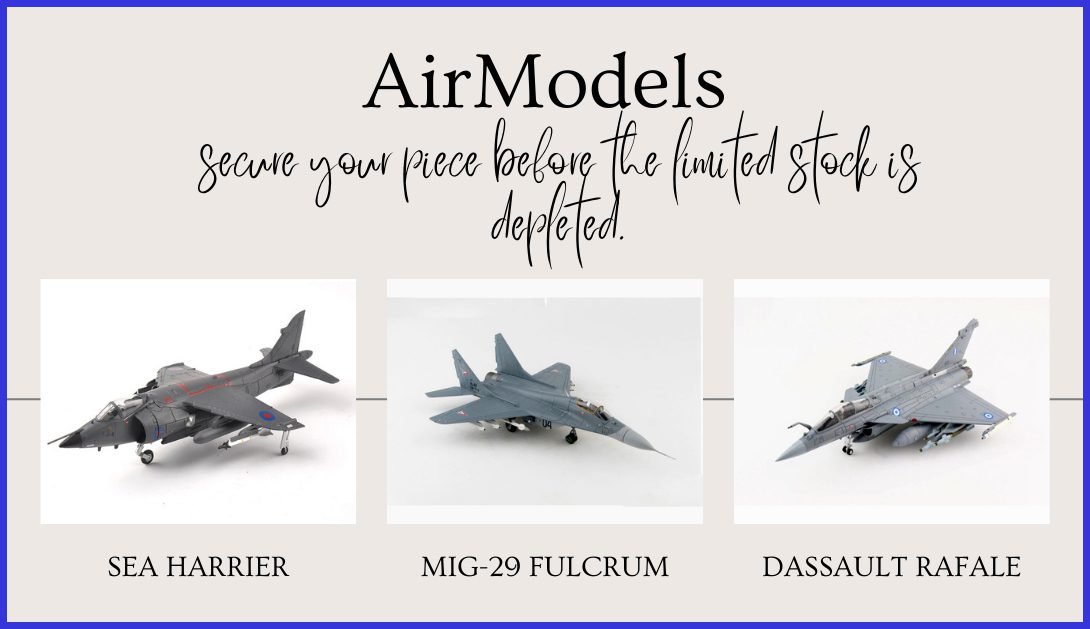
Variants of the Nirbhay Cruise Missile
The primary focus of the NIRBHAY program has been on the development of a long-range, subsonic land-attack cruise missile with precision strike capabilities. Variants could potentially include modifications to the missile’s payload, range, guidance systems, or propulsion technology to meet specialized mission requirements or to address specific operational needs.
The Base Variant of the standard Nirbhay subsonic cruise missile is propelled by a Russian NPO Saturn 36MT engine, specifically designed to achieve a maximum range of up to 1,000 km (621 mi). This variant offers a flight altitude ranging from 50 m (160 ft) to 4 km (13,000 ft) and is capable of carrying both conventional and nuclear warheads. It is configured to be launched from a land-based mobile launcher, adding to its operational flexibility and strategic capabilities.

The Submarine Launched Cruise Missile (SLCM) is specifically designed to be launched from torpedo tubes of submarines, offering a compact version of the Nirbhay missile. It boasts a stated range of 500 km, accompanied by a cruise length of 5.6 meters, a diameter measuring 0.505 meters, a weight of 975 kg, and operates at a speed of Mach 0.7. Equipped with INS/GPS navigation, it utilizes an RF seeker for precise terminal guidance.
Available in two distinct variants, namely the Land Attack Cruise Missile (LACM) and the Anti-Ship Cruise Missile (ASCM), it offers versatile operational capabilities. The maiden successful trial of the SLCM was conducted by DRDO in February 2023, successfully meeting all mission objectives while achieving a range of 402 km.

The LR-LACM, a longer-range variant, is envisioned to extend its operational reach up to 1,500 km. Once development reaches completion, this missile is expected to be employed by both the Indian Navy and Indian Air Force. It is designed to seamlessly integrate with the Universal Vertical Launch Module (UVLM) cells already in use for the BrahMos system. Having received the Acceptance of Necessity (AoN) from the Defence Acquisition Council (DAC) in August 2023, this missile is projected to weigh approximately one tonne, with a length spanning 6 meters and a diameter of 0.52 meters.
Its design includes two tapering-chord fold-out wings boasting a span of 2.7 meters. Equipped with Turbofan Engines, upgraded radio frequency (RF) seekers, and other essential subsystems, the LR-LACM demonstrates India’s commitment to advancing its indigenous missile capabilities.
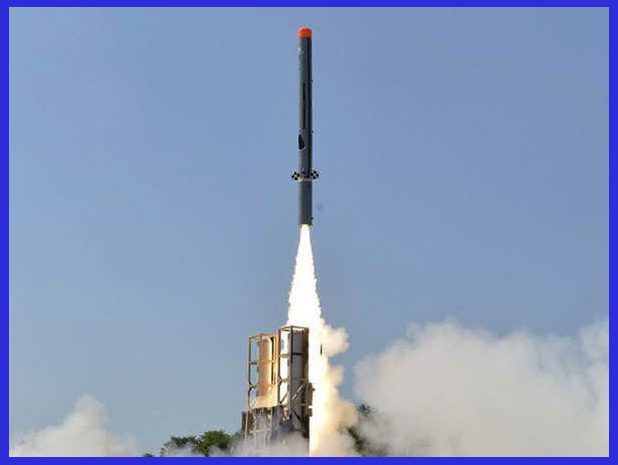
Nirbhay Cruise Missile Specifications
- Length: 6 m ( 20 ft )
- Diameter: 520 mm ( 1.7 ft )
- Mass: 1,500 kg ( 3,300 lb )
- Altitude: In sea skimming, the altitude ranges from a minimum of 5 meters (16.4 feet) to a maximum of 4 kilometres (13,000 feet).
- Range: 1000 to 1,500 km (932 mi)
- Power Plant: 1st stage Solid Rocket Booster and 2nd Stage Turbofan Engine ( NPO Saturn )
- Speed: Subsonic 0.9 Mach
- Navigation: Throughout the mid-course phase, the missile’s navigation is facilitated by a ring laser gyro inertial navigation system in conjunction with a MEMS gyroscope, ensuring precise guidance. This system is augmented by GPS/NavIC satellite guidance to further enhance accuracy. As the missile enters its terminal phase, it employs active radar homing technology, along with electro-optical and imaging infrared capabilities, for precise targeting.
- Warhead: PCB (Preformed Fragmentation Projectile) & BCF (Blast Cum Fragmentation)
- Launch: Land Based Vertical Launch with Thrust Vector Control Booster
- Transport: Tata LPTA 5252-12 X12 High Mobility Vehicle

In conclusion, the NIRBHAY cruise missile stands as a testament to India’s commitment to advancing indigenous defence capabilities. Developed by the Defence Research and Development Organisation (DRDO), this long-range precision strike weapon represents a significant achievement in missile technology. Through years of rigorous development and testing, the NIRBHAY missile has demonstrated its versatility, reliability, and effectiveness in meeting the strategic needs of the Indian Armed Forces.
Overall, the missile program underscores India’s determination to bolster its defence capabilities through indigenous research, innovation, and collaboration. With its precision strike capabilities and strategic significance, the NIRBHAY missile stands ready to play a crucial role in safeguarding national security and maintaining regional stability for years to come.
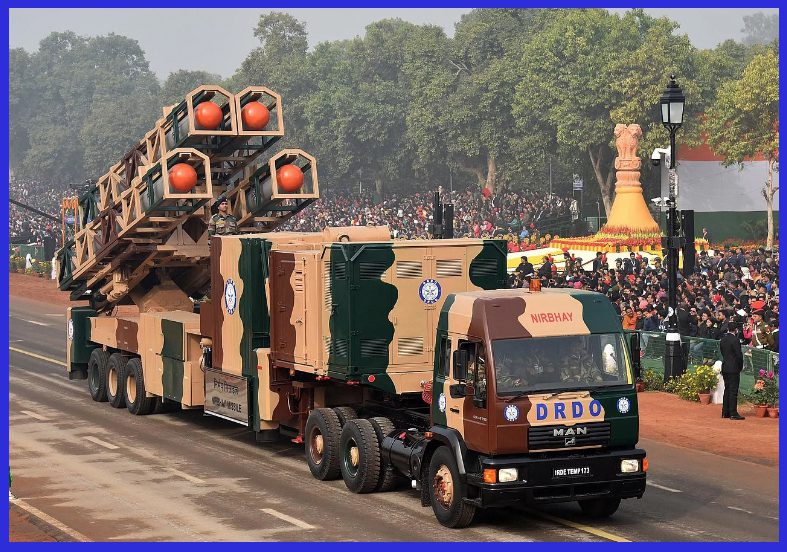
Important Announcement for Our Valued Readers!
After an article is published, it is possible that updates or changes may have occurred beyond the time of publication. Therefore, it is important to be aware that certain information in the article might be outdated. To ensure the most accurate analysis, it is highly recommended to verify the content with the latest sources available.
However, we are dedicated to delivering outstanding articles on military products and global updates. Maintaining quality and smooth operation requires resources. Your support sustains our efforts in providing insightful content. By purchasing high-quality products through our affiliated links, you help us keep our platform alive and acquire top-notch items. Your unwavering support is invaluable and inspires us to strive further.
We welcome your suggestions and requests for more information, as we value feedback from our readers. If there’s specific defence material or equipment not covered on our site, please share your request in the comments. We’ll strive to research and provide the required information. We sincerely thank you for your unwavering interest in our website, and we eagerly anticipate hearing from you! Enjoy your reading experience!
